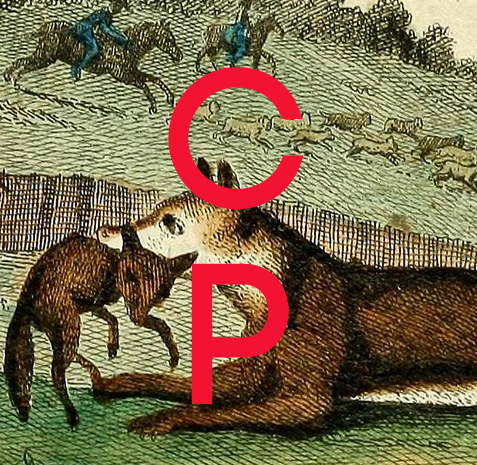WAR MUSE — JEN KNOX
/Then the day came that his feet became shovels. It happened on his sixtieth. There was screaming near midnight. The First Lady ran to grab ice as a black car waited and the hospital room was prepared.
The flesh of his toes turned an angry red. The skin peeled away, and when the cold metal revealed itself, POTUS felt no more pain. His legs were heavier after the shift.
Other world leaders sent bundles of flowers and sympathy cards that POTUS pitched across the room, one by one.
Doctors were puzzled. The best surgeons advised against intervention. The worst of them offered to remove the feet above the ankle where a rod had formed, then rebuild in hopes it wouldn’t happen again. Prosthetics designers were called in from around the world.
Meanwhile, the president’s condition inspired a barrage of sketches that, ultimately, led to models for next-generation drones, underground deals that could shave away earth and find terrorism from below.
POTUS dragged along, then learned to power ahead like a machine. His grandchildren loved that he could move sand at the beach in such an efficient way. He scooped water and tossed it their way, and a lucky photographer got the shot. The photo inspired a nation.
The news got a lot wrong, and the more immediate the reportage, the more eager the reporters. POTUS used his shovel feet to distract as he commanded his new underground army via a smartphone application.
Two years to the day it appeared, the metal began to retract. Slowly, POTUS’ iron levels increased and his body broke down the waste. The flesh regenerated like a lizard tail. He wiggled his smooth toes. His wife pinched his big toe, leaving a white mark that quickly faded.
The lightness in his legs caused POTUS to feel peace and, therefore, want peace for the world.
World leaders did not send cards when they heard news of the miracle. The sneak attacks had gone too far, tunneling into the ground and surfacing only to aggravate areas of unrest.
POTUS worried that the shovels had affected his judgment. He shared the worry with his wife, and she admitted he hadn’t been himself.
Neither of them screamed when his fingers split at the creases, when the blades began to form. The pain was ephemeral, but the impact would be felt for decades.
Jen Knox is the author of After the Gazebo (Rain Mountain Press, 2015). She directs Gemini Ink's Writers in Communities Program and works as a freelance writer and writing coach in San Antonio. Jen recently completed her first novel. Connect with Jen at www.jenknox.com




